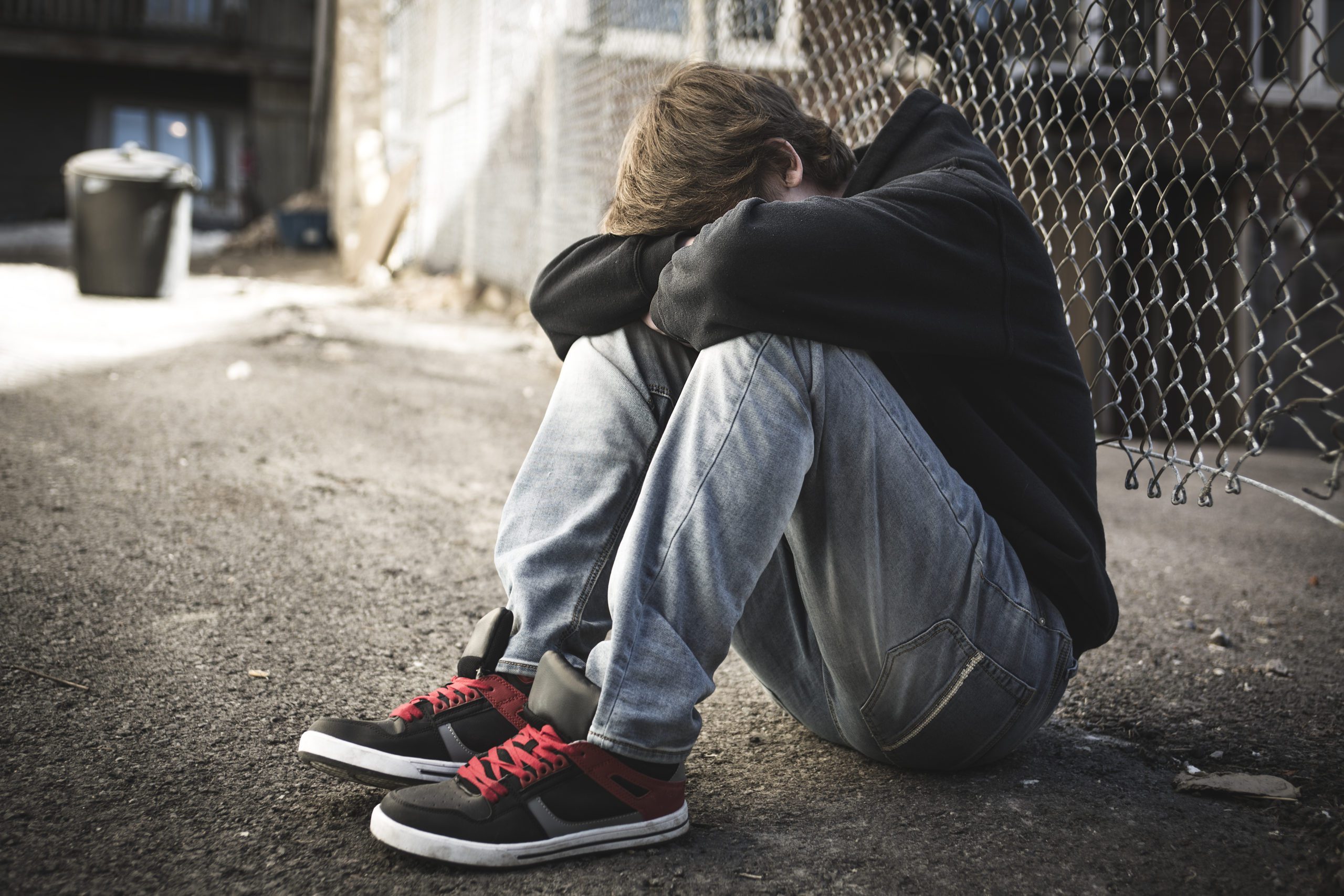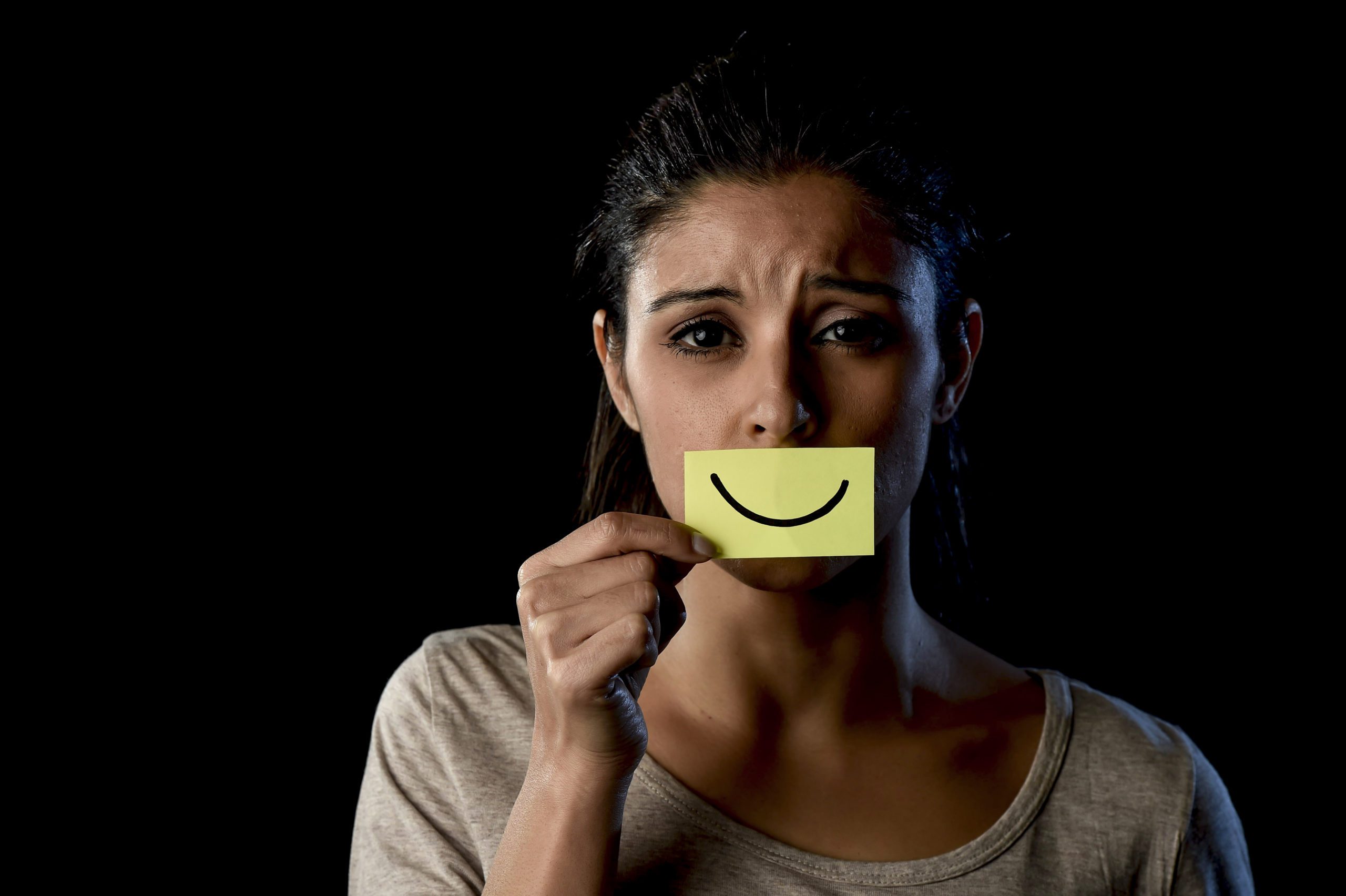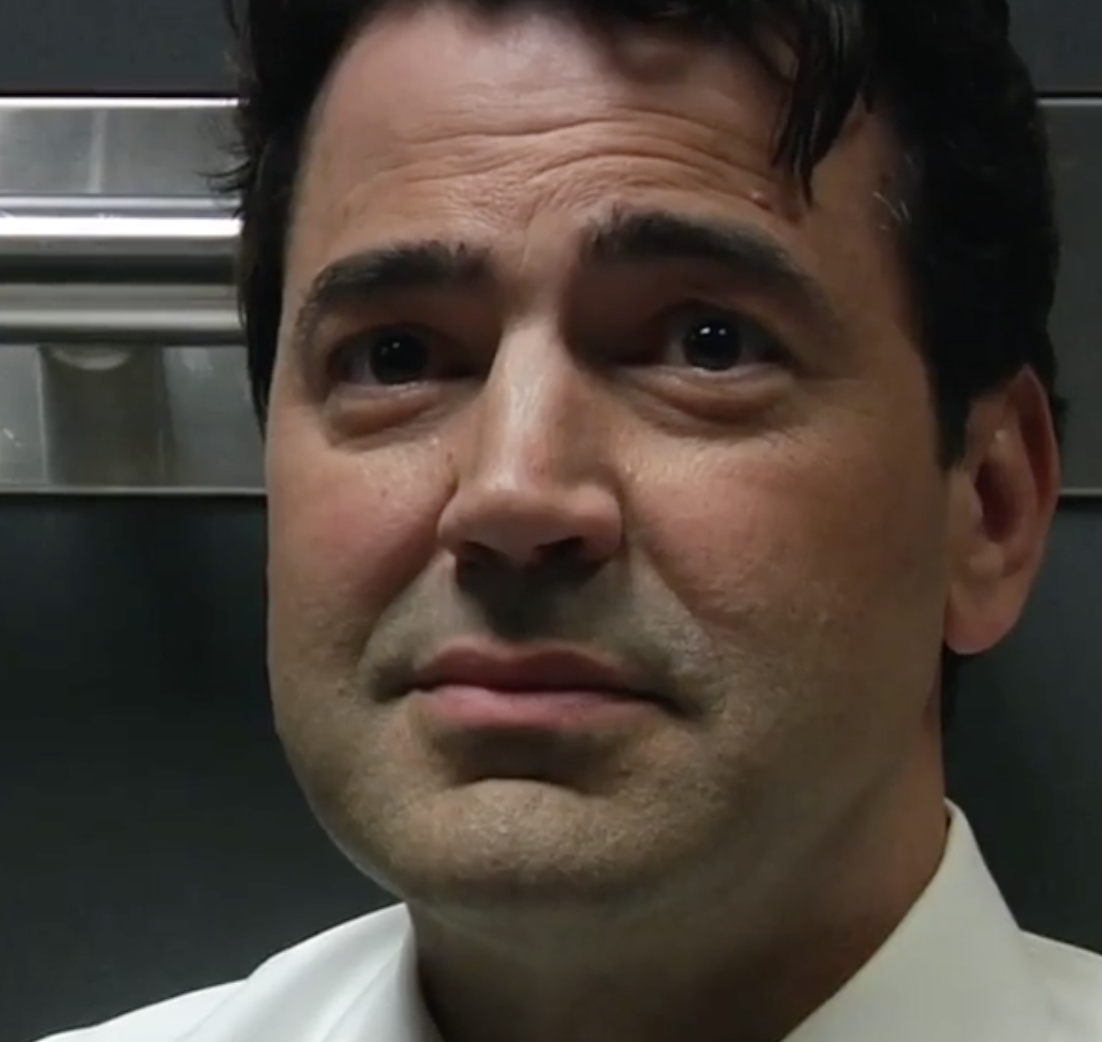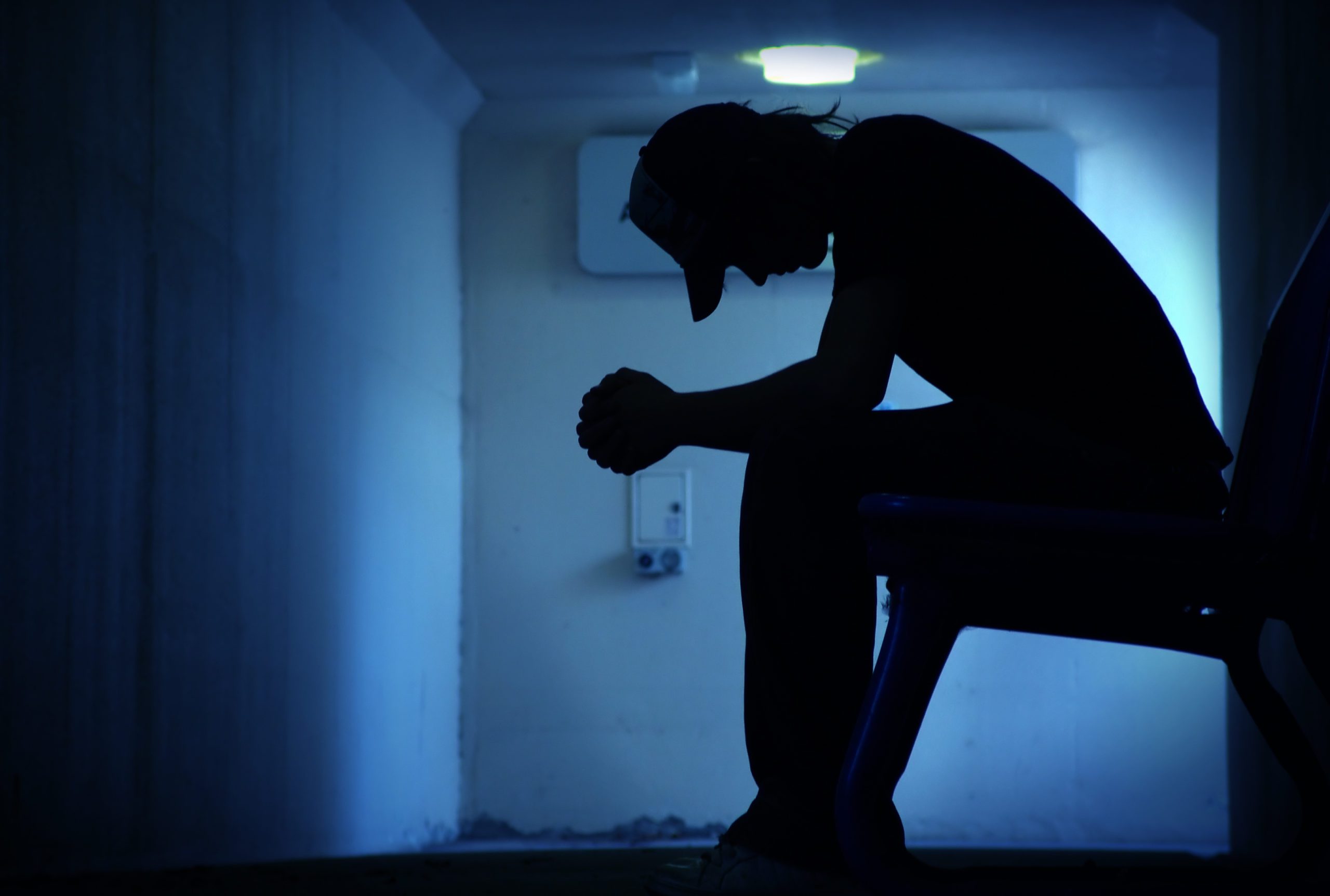As we’ve discussed many times before on our blogs, living with an untreated mental illness can be absolutely devastating. But can it actually shorten your life? According to some new research from U.S. News & World Report, the answer is yes. But most alarming is the fact that it can impact life expectancy as much as smoking and even diabetes.
Over 3,000 different communities took part in this study, which touched on a variety of health-related spectrums. Everything from nutrition, to housing, to education was measured, all in the hopes of understanding what can help Americans live long and fruitful lives. Of course it’s not a stretch to think that a mental illness could shorten your years (issues like suicide and anorexia come to mind), but the fact that it’s on par with cigarette consumption or a debilitating disease like diabetes is surprising.
Garth Graham, president of the Aetna Foundation, spoke to the press following the findings. He too was quite surprised to see mental health rank so high as a life expectancy hindrance; particularly since it was not at this level for several years prior.
“I at first wanted us to double check,” Graham told CNBC. “Mental health did not have as strong of an effect last year. However, the change is consistent with Centers for Disease Control and Prevention data that showed increasing opioid overdoses and suicides weighed on U.S. life expectancy.”
Indeed, mental health and addiction often go hand in hand. Those dealing with depression and similar issues often turn to substances to help numb the pain. America’s opioid crisis certainly isn’t helping matters either, with many fatal overdoses that appear to be intentional.
Several states were named in the study as having been the most impacted by mental illness. Nebraska, for example, saw life expectancy shorten significantly because of depression and addiction. They see roughly 26 suicides to every 100,000 people and the count is quite similar when it comes to drug-related overdoses. New Mexico, Ohio and Maryland were also named as having shorter life spans due to mental health struggles.
The only silver lining we can see is that issues like this are most certainly treatable. As opposed to something like diabetes, mental health does not have cut your life short. Counseling, support systems and proper therapeutic care can make a major difference. If you or someone you care about is struggling, please do not hesitate to reach out.











